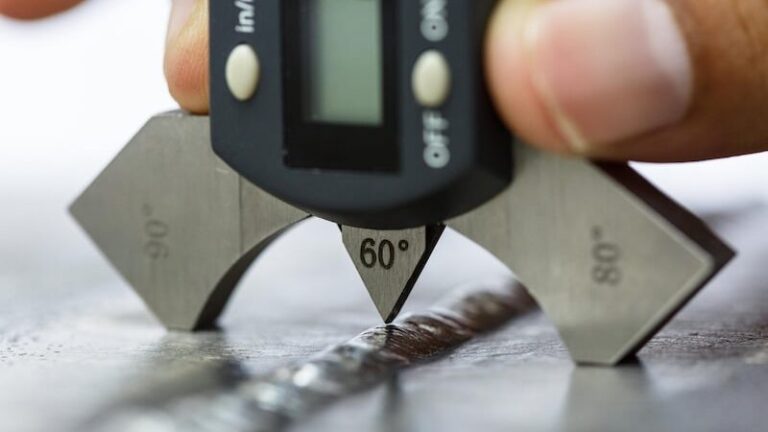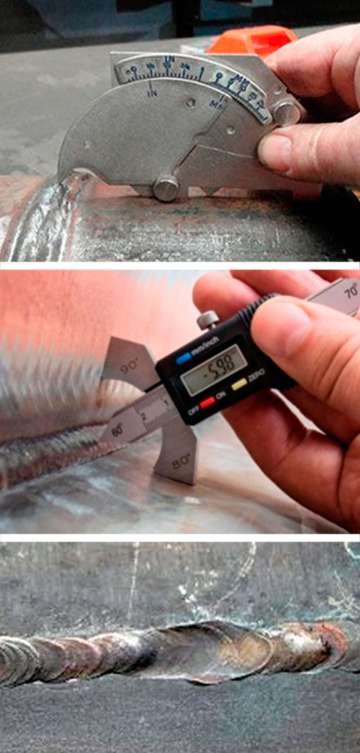
Methods of testing welded joints
The quality of the welded joints has a huge impact on the functionality, strength, and durability of steel structures. Welding method, materials to be joined, quantity and concentration of supplied energy, geometry, and joint design are just some of the factors influencing the quality of welded joints. Among the available types of tests for welded joints, we distinguish non-destructive tests and destructive tests, the performance of which, as the name suggests, exposes the structure to damage. What aspects should be considered when choosing the appropriate method?
Non-destructive testing of welded joints
Non-destructive tests are aimed at detecting possible defects in the material, such as delamination, corrosion defects, cracks, or voids, without disturbing the entire structure. The group of non-destructive testing of welded joints, in short, NDT (non-destructive testing), includes, among others,

- magnetic particle testing (MT)
The magnetic particle method is used to check the quality of ferromagnetic materials. Its purpose is to detect surface or subsurface discontinuities. In most cases, it is necessary to demagnetize the part.
- penetrant testing (PT)
Penetrant testing is a relatively simple method that detects surface discontinuities. It’s used for testing porous materials.
- eddy current tests (ET)
- radiological examinations (RT)
Radiological examination is extremely effective when it comes to detecting internal incompatibilities. Although it is expensive, it allows large areas to be examined simultaneously.
- ultrasonic testing (UT)
This is one of the most effective methods to detect internal planar discontinuities. Unfortunately, when examining large structures, this method involves significant costs due to the need to search one place after another.
- visual tests (VT)
It is one of the simplest and most comprehensive diagnostic methods. Unfortunately, in this case the obtained result is often ambiguous.
What is the cost of carrying out an inspection using one of the non-destructive testing methods? Taking into account the specifications of the tests, the greatest costs are related to the radiological examination. However, we will pay the least for a classic visual examination.
Destructive tests of welded joints
When it comes to the available methods of destructive testing (DT), we can divide them into mechanical testing and metallographic testing. The first of them focuses on performing numerous tests aimed at assessing the strength of the welded joint. They are theirs.
- tensile tests,
- technological trials.
- hardness tests.
- impact tests
- bending tests.
On the other hand, metallographic examinations include macroscopic and microscopic examinations. Metallographic examinations are performed with the use of a special optical microscope that enables the magnification of the material to be viewed up to 1800 times. The main purpose of metallographic research is to check the microstructure of metals.
What to consider when choosing a method of non-destructive testing?
Various test methods are used to assess the strength and quality of welded joints. Detailed recommendations for the welder and the person assessing the quality of the welded joint are specified in the currently applicable welding regulations and standards. The method or combination of two independent test methods performed simultaneously is selected in terms of responsibility and a class of structure.
Currently, non-destructive testing is most often used in selecting the appropriate method, particular attention should be paid to:

- welding method,
- dimensions and joint type,
- base material, additional material (so-called welding binder), their processing status,
- component shape, including surface condition, joint accessibility, etc.
- At the level of residual stresses and distortions,
- anticipated types of non-conformities, as well as their probable location.
